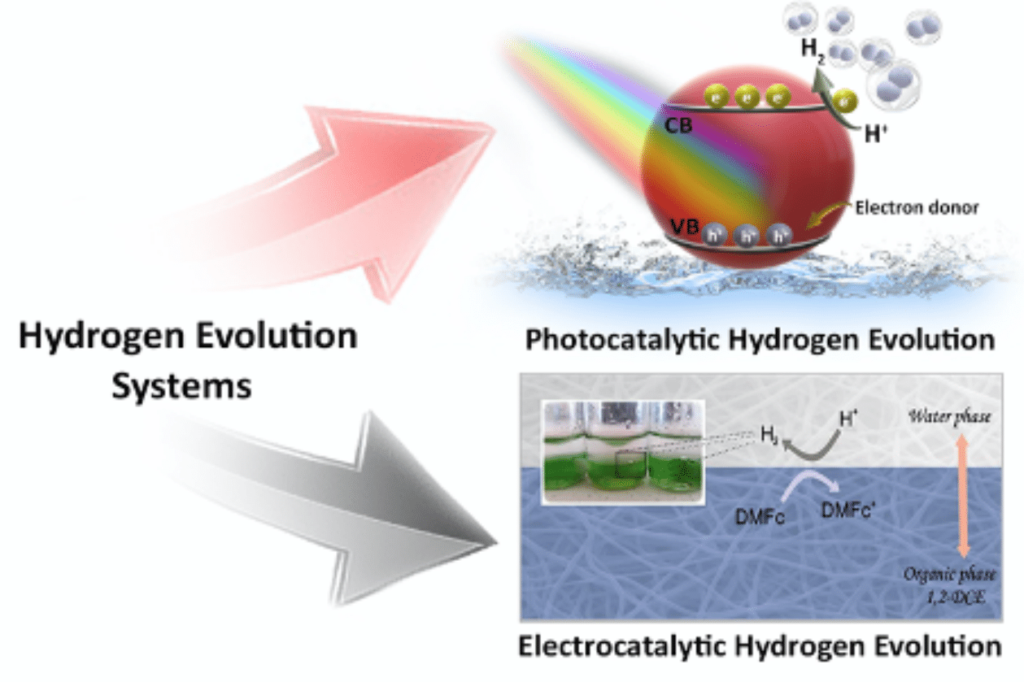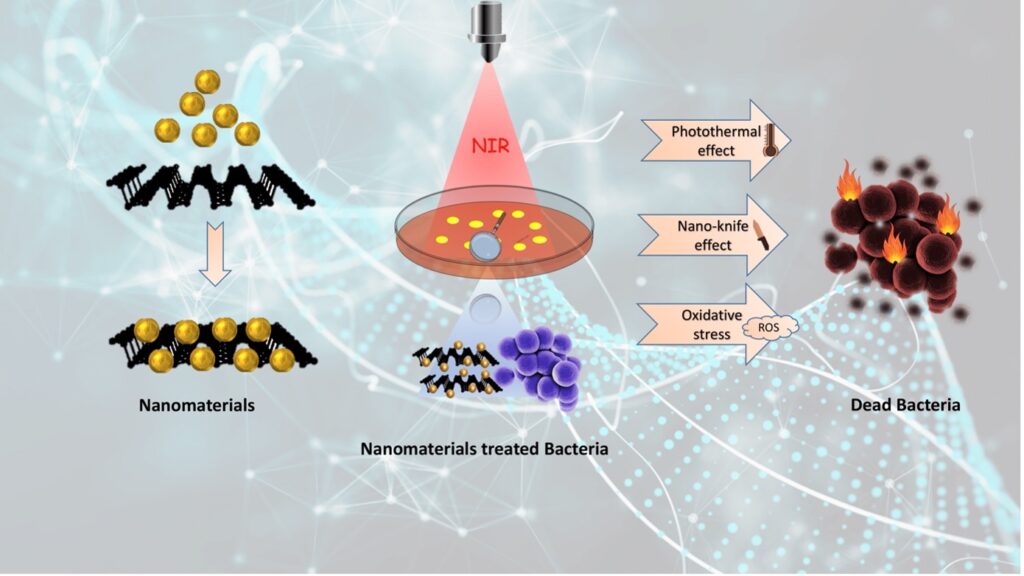Research
photocatalytic hydrogen evolution systems
An overview about our motivation;
The Hatay Patır Research Group is dedicated to research on semiconductor materials for electrocatalytic and photocatalytic hydrogen evolution systems. Our focus is to bridge catalyst/photocatalyst science with the synthesis and applications of materials to provide innovative solutions to solve some of today’s energy problems. For that purpose, experimental studies are conducted in the current literature extensively. We are developing new semiconductor materialsto achieve the high stability and efficiency for low cost hydrogen production which could be adapted to particulate systems in future research. For deeper understanding the results of reactions of hydrogen evolution system obtained by our collaborators and for experimental realization of our theoretical predictions we also perform collaborative studies with experimentalists.

Antibacterial Applications of Nanomaterials
The inadequacy of antibiotics for antibacterial treatment and development of antibiotic resistance necessitate to develop new strategies. One of the most important strategies to overcome resistance issue is Nanotechnology. Nanomaterials can contact the bacterial membrane and attack cellular components such as DNA, proteins and lipids without interacting any mechanism, so do not create bacterial resistance.
Two-dimensional (2D) layered semiconductors possess high carrier mobility, thickness-dependent band gap, excellent in-plane anisotropy and broad absorption spectrum from the visible to the near-infrared region (NIR). Perceptibly, compared to ultraviolet (UV) and visible light, NIR light (780 < λ < 2500 nm) deeply penetrates into tissues with lower photodamage effects on living organisms.

NIR light-sensitive nanomaterials can have the ability of penetrating into bacterial cells and degrading membranes through efficient photothermal activity, enhanced generation of reactive oxygen species (ROS) and also nano-knife effect.